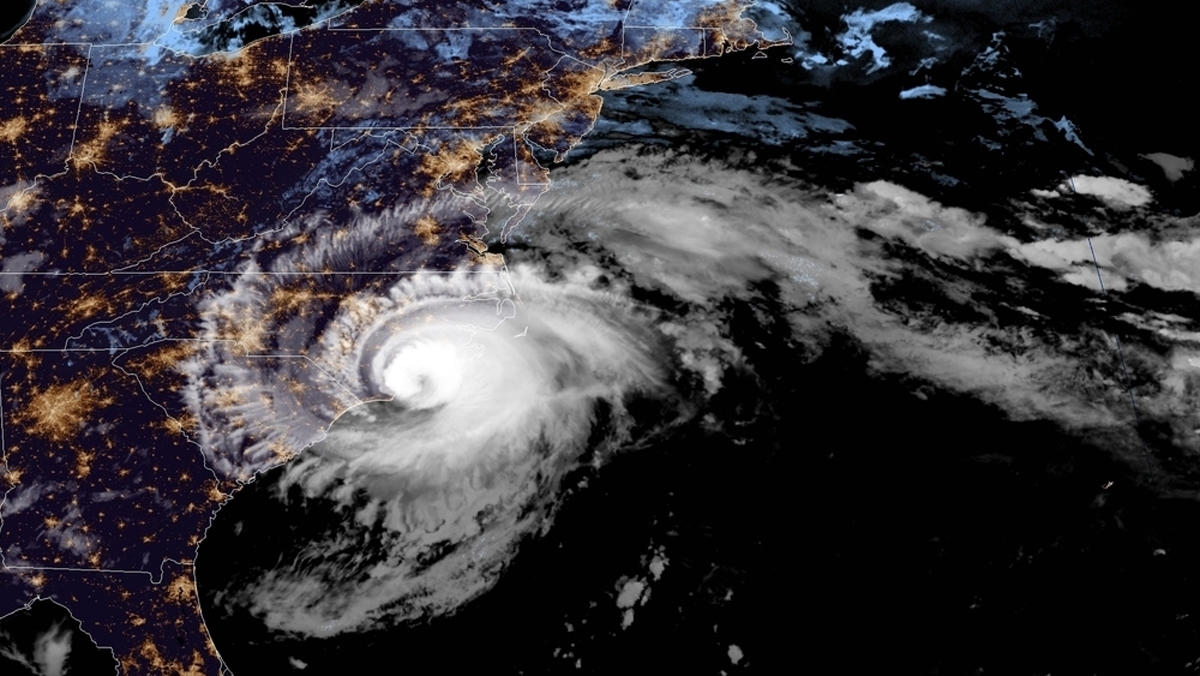Hurricane Florence Makes Landfall
Having slowed to a crawl, a weakened but still powerful Hurricane Florence finally made landfall neYou must Subscribe or log in to read the rest of this content.
Having slowed to a crawl, a weakened but still powerful Hurricane Florence finally made landfall ne
